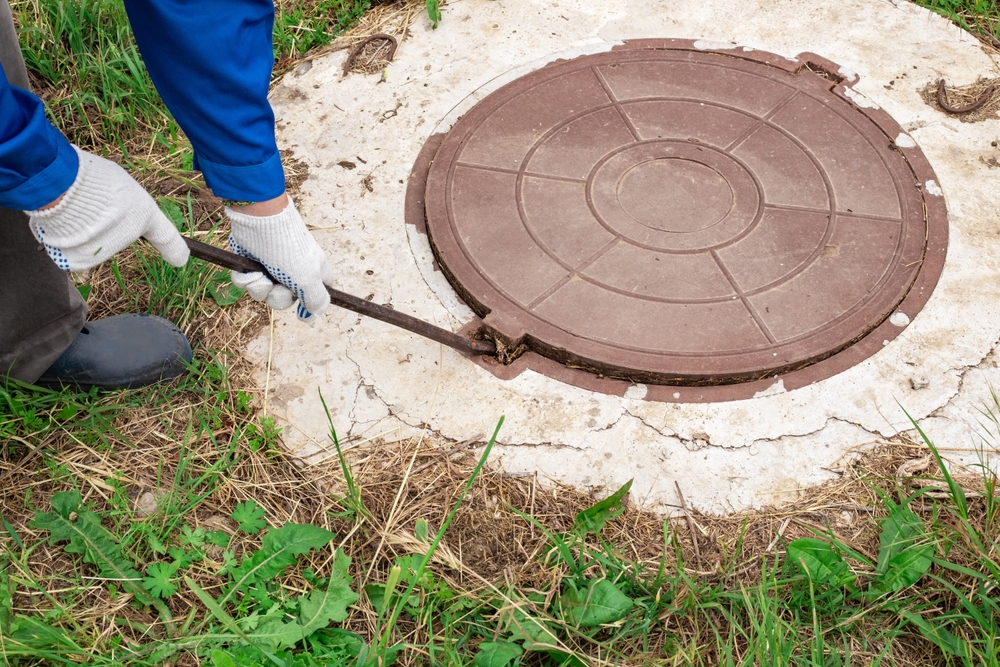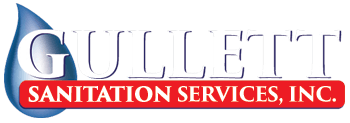
As summer temperatures soar and water restrictions tighten in many regions, homeowners are searching for efficient, sustainable ways to manage their waste systems. The septic system, often overlooked, plays a critical role in household water usage and environmental impact. With eco-friendly solutions gaining momentum, jet aeration technology is emerging as a game-changer in modern septic care. By enhancing efficiency, reducing water consumption, and minimizing environmental harm, jet aeration offers a practical solution for homeowners looking to make their septic systems more eco-friendly this summer.
Eco-Friendly Septic Systems
An eco-friendly septic system is designed to treat household wastewater in a way that minimizes environmental impact, conserves resources, and promotes long-term sustainability. Traditional septic systems operate on passive treatment, relying on gravity and anaerobic bacteria to process waste. While functional, these systems can struggle under heavy summer usage or drought conditions, leading to leaching, contamination, or increased maintenance needs.
Eco-friendly septic systems, by contrast, actively reduce pollutants and optimize water management. They incorporate advanced technologies such as aerobic treatment units (ATUs), drip irrigation dispersal, and most notably, jet aeration. These upgrades improve oxygen levels in the tank, stimulate aerobic bacteria growth, and facilitate more effective waste breakdown. The result is cleaner effluent, reduced strain on leach fields, and less frequent pumping.
During hot summers, when water conservation is vital, an eco-friendly septic system helps homeowners manage wastewater more responsibly, protect groundwater supplies, and meet local environmental regulations more easily.
The Science Behind Jet Aeration in Septic Systems
Jet aeration is a process that introduces high-pressure air streams into a septic tank to promote aerobic digestion of waste materials. This infusion of oxygen dramatically alters the internal environment of the tank, shifting it from anaerobic (oxygen-deprived) conditions to oxygen-rich aerobic conditions. In an aerobic environment, bacteria that are more efficient at breaking down organic waste flourish, accelerating the decomposition process.
Unlike passive aeration methods, jet aeration actively circulates air and effluent throughout the tank using strategically placed jets. These jets agitate the liquid, preventing solids from settling and allowing oxygen to penetrate deeper layers of waste material. The process not only enhances the breakdown of solids but also reduces the formation of odorous gases typically associated with anaerobic decomposition.
During summer months, elevated temperatures can exacerbate septic tank odors and accelerate the production of sludge in traditional systems. Jet aeration counters these issues by fostering aerobic bacteria, which are less prone to producing foul-smelling byproducts. Additionally, the system’s continuous mixing helps prevent sludge accumulation, reducing the frequency of required pump-outs.
By maintaining optimal microbial activity, jet aeration ensures a cleaner, more efficient treatment process, leading to healthier drain fields and better system longevity — all of which are especially critical during peak summer usage periods.
Summer Water Conservation Benefits of Jet Aeration
Water conservation becomes a top priority during hot, dry months, when municipal water restrictions and supply concerns intensify. Jet aeration systems contribute significantly to summer water savings through several mechanisms.
First, by enhancing the biological processing of wastewater, jet aeration systems produce higher-quality effluent that can safely percolate through soil absorption areas without risking groundwater contamination. This allows for more efficient wastewater dispersal without overloading leach fields, even when household water usage spikes during summer activities like gardening, swimming, and frequent laundry.
Second, jet aeration systems help reduce the total volume of water required for septic system maintenance. Traditional systems often need water influx to maintain proper flow and prevent clogs in the drain field, especially during dry periods when surrounding soils harden. In contrast, jet-aerated systems require less supplementary water, as the constant mixing and oxygenation prevent solids from compacting or clogging pipes, thereby reducing unnecessary water use.
Lastly, integrating jet aeration into an eco-friendly septic system enables homeowners to consider advanced recycling options. Treated effluent can be redirected to subsurface irrigation or landscaping uses, further reducing the demand on freshwater resources. This closed-loop approach turns wastewater from a burden into a resource, aligning perfectly with sustainable summer living goals.
Long-Term Environmental Impact and Cost Savings
While the immediate summer benefits of jet aeration are clear, its long-term environmental advantages are equally compelling. By fostering a more balanced microbial ecosystem, jet aeration significantly reduces the release of harmful nitrates and pathogens into surrounding soils and groundwater. This protects local ecosystems, prevents water pollution, and supports compliance with increasingly strict environmental regulations.
From a financial perspective, investing in a jet aeration-enhanced septic system can yield considerable savings over time. Improved waste breakdown reduces sludge build-up, lowering the frequency and cost of septic pumping services. The minimized risk of leach field failure — an expensive and disruptive repair — is another key benefit. Additionally, by producing higher-quality effluent, homeowners may be eligible for local incentives or rebates aimed at promoting sustainable wastewater practices.
System maintenance becomes simpler and less intrusive with jet aeration. The proactive nature of aeration reduces emergency interventions, extends the system’s operational lifespan, and ensures consistent performance even during periods of high use, like summer months. For eco-conscious homeowners, these benefits align with broader sustainability goals without compromising on practicality or affordability.
Choosing Jet Aeration for Your Eco-Friendly Septic System
Transitioning to a jet aeration-equipped, eco-friendly septic system is a forward-thinking choice for homeowners seeking sustainable solutions in the face of climate change and water scarcity. Whether retrofitting an existing tank or installing a new system, consulting with licensed septic professionals is essential to ensure proper sizing, installation, and maintenance tailored to local conditions.
When evaluating jet aeration options, homeowners should consider system compatibility, energy consumption, maintenance needs, and warranty coverage. Modern systems are designed for energy efficiency, often using low-power compressors or solar-compatible units to minimize operational costs.
Additionally, understanding local regulations regarding wastewater treatment can help homeowners maximize the benefits of their eco-friendly septic system. In some areas, government programs may offer grants or credits for installing advanced treatment systems like jet aeration, recognizing their role in safeguarding public water supplies and reducing environmental contamination.
Conclusion
By embracing jet aeration technology, households can transform their septic systems into efficient, eco-conscious components of their home infrastructure. Especially during summer, when water is precious and heat strains traditional systems, jet aeration offers a reliable, sustainable solution for modern waste management. As environmental awareness grows, choosing eco-friendly septic systems with jet aeration becomes not just a personal improvement, but a contribution to broader ecological health.
Need Septic Contractors in Bethel, OH?
Gullett Sanitation Services, Inc. offers mobile de-watering of sludge and slurries in and around Bethel, OH, utilizing Roediger belt filter presses, as well as services and repairs on all major brands of home aeration systems. We also work with jet aeration and cleaning for sewer system lines (up to 8 inches in diameter), permits and consultation for biosolids, the transportation of non-hazardous wastewater, sludge removal from all types of waste lagoons, service and repairs on residential sewer systems, and the removal of grit, rags, and debris from anaerobic or aerobic digesters. Give us a call today and let us be your septic and dewatering service in Ohio!
